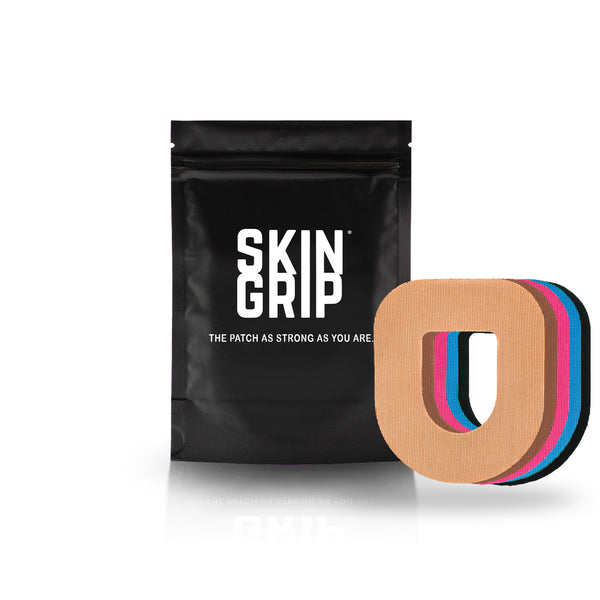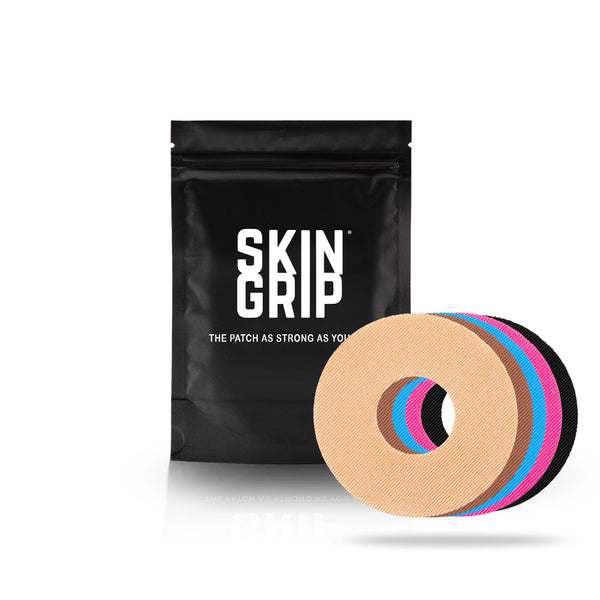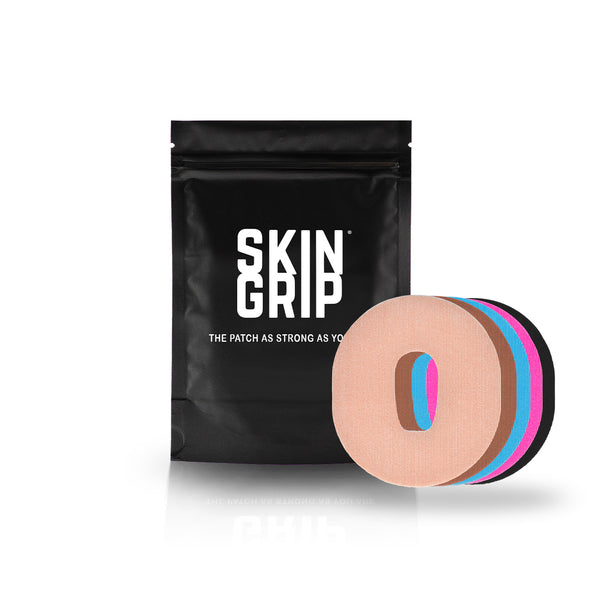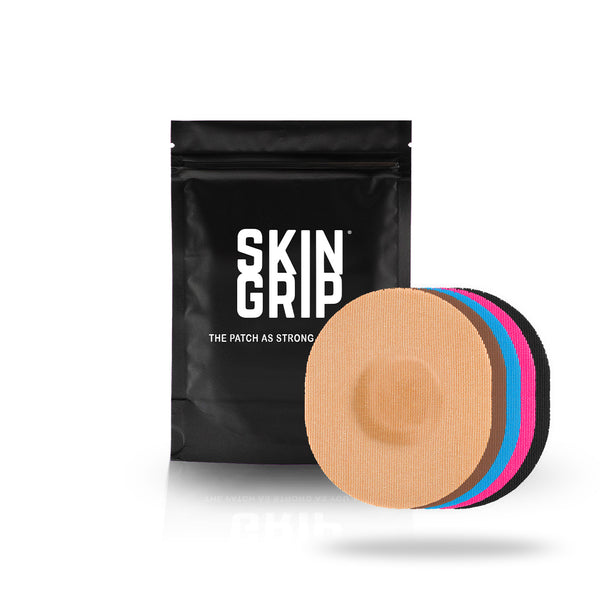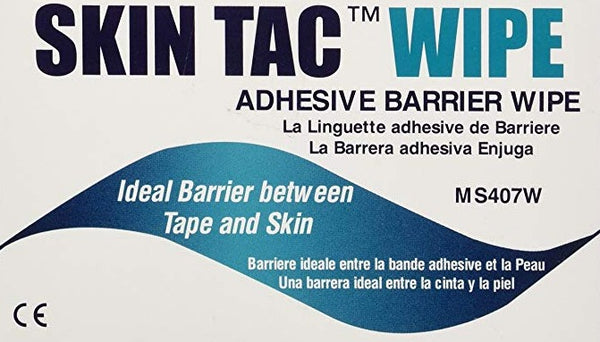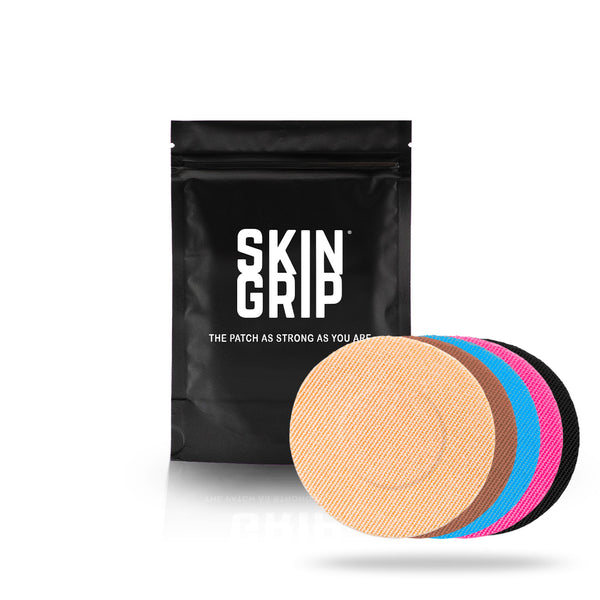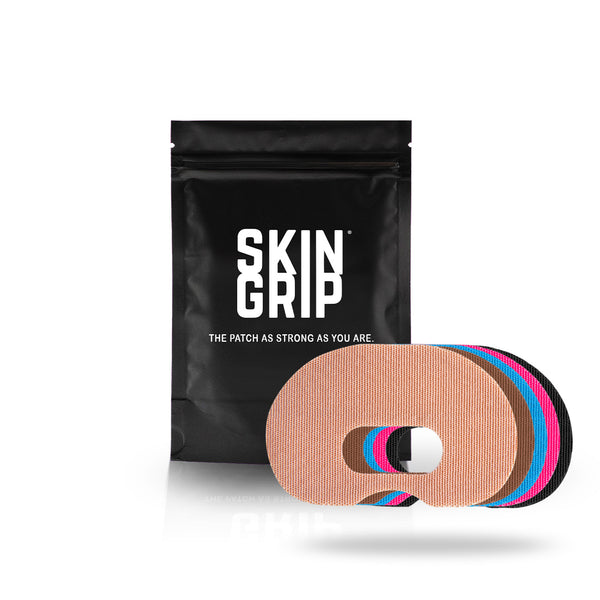 (StockSnap / pixabay)
(StockSnap / pixabay)
Most people with diabetes are aware of the dangers of high blood sugar. In fact, most diabetes interventions are meant to lower our blood sugar. Although high blood glucose gets the most attention, “hypoglycemia” or low blood sugar can be just as dangerous. While high blood sugar causes health complications over time, low blood sugar can cause acute issues, such as seizures, fainting, or even death. Recognizing the signs and symptoms in ourselves and others can save lives.
What are the Warning Signs?
The first signs of hypoglycemia will feel like fatigue, tiredness, shaking, or dizziness. Some people compare the feeling to an out-of-body experience, where they recognize they are unwell but can’t make effective judgments about how to fix it. Some may sense that they don’t feel well but try to fix the feeling by lying down or resting, leaving their blood sugar dangerously low. Many people report feeling hunger when their blood sugar drops, as their body gives a natural cue to try and raise blood glucose levels. Headache and nausea may also be present.
Additionally, people may experience heightened emotions when their blood sugar has fallen. This can include sudden sadness or depression, excitement, or even anger. A person with extremely low blood sugar may even try to argue with the people trying to help raise their glucose to normal levels. Confusion is extremely common when blood glucose has dropped significantly, and people experiencing the drop may appear drunk. They may have difficulty speaking, moving, and become clumsy or disoriented.
What Do I Do When Glucose Drops Too Low?
When a person’s blood glucose has dropped to unsafe levels, raising their blood sugar is an immediate priority. Juice, sugary snacks, and candy are frequently recommended for boosting blood glucose. These can be effective in first aid situations but may be slow to take effect, as the body must digest them before absorbing the glucose. People with diabetes may want to prepare more specialized remedies to keep on hand in the home, car, or office.
Glucose tablets are made of the simple sugar your body needs. Unlike candy, the body can absorb glucose directly without the body breaking it down first. Additionally, because glucose tablets come in measured doses, they offer better control over your blood sugar. Candy and juice can sometimes lead to a yo-yo effect, where blood sugar goes low, then high, then low again when patients try to fix the high. Glucose tablets make administering appropriate doses of glucose simple. A measured dose can be administered, then glucose levels checked before administering more. A doctor can guide specific practices for each patient, but the 15/15 rule is a standard you can use. Take 15 grams of glucose, wait 15 minutes before checking glucose levels. Repeat until blood glucose is back to normal.
Some people may receive a glucagon injection kit. Glucagon is a hormone that forces the body to release stored glucose into the blood. It is used in diabetic emergencies to quickly raise blood sugar. Generally, a bystander such as a friend or family member will inject the medicine into a person who cannot eat or drink because they are disoriented, unconscious, or seizing. Training friends and loved ones to perform a glucagon injection is an important step if hypoglycemic attacks are a potential issue. Explain how to do it and practice, but don’t be afraid to have fun with it! Coworkers, family members, and kids love training to help in an emergency, and the information may be helpful in the future.
How Can I Prevent Hypoglycemia?
Regular monitoring of your blood sugar is key. Keeping snacks and supplies with you, particularly during strenuous activity, will help you stay on top of falling blood sugar the second you feel symptoms. Checking your blood sugar before starting a workout will help you evaluate whether you’re at risk for a hypoglycemic episode. Blood sugar at or below 100 mg/dL means exercise may cause your blood sugar to drop too low. If your glucose is above 100 mg/dL and below 250 mg/dL, you’re likely safe to exercise. If your blood sugar is above 250 mg/dL, you may be at risk for ketoacidosis and should not exercise. The key is to ensure your glucose levels are in the sweet spot about 15-30 minutes before you start exercising.
Investing in a CGM or Continuous Glucose Monitor can help you monitor your blood sugar without constant finger sticking. Because a CGM will alert whenever blood sugar rises too high or low, you can avoid hypoglycemia before symptoms start. They are a great option for active people, though large amounts of sweat or water can affect their reliability. Skin Grip makes waterproof adhesive patches for the Dexcom G6 and the Freestyle Libre sensor for exactly this reason, so you can get out and get sweaty without worrying about your blood sugar.











